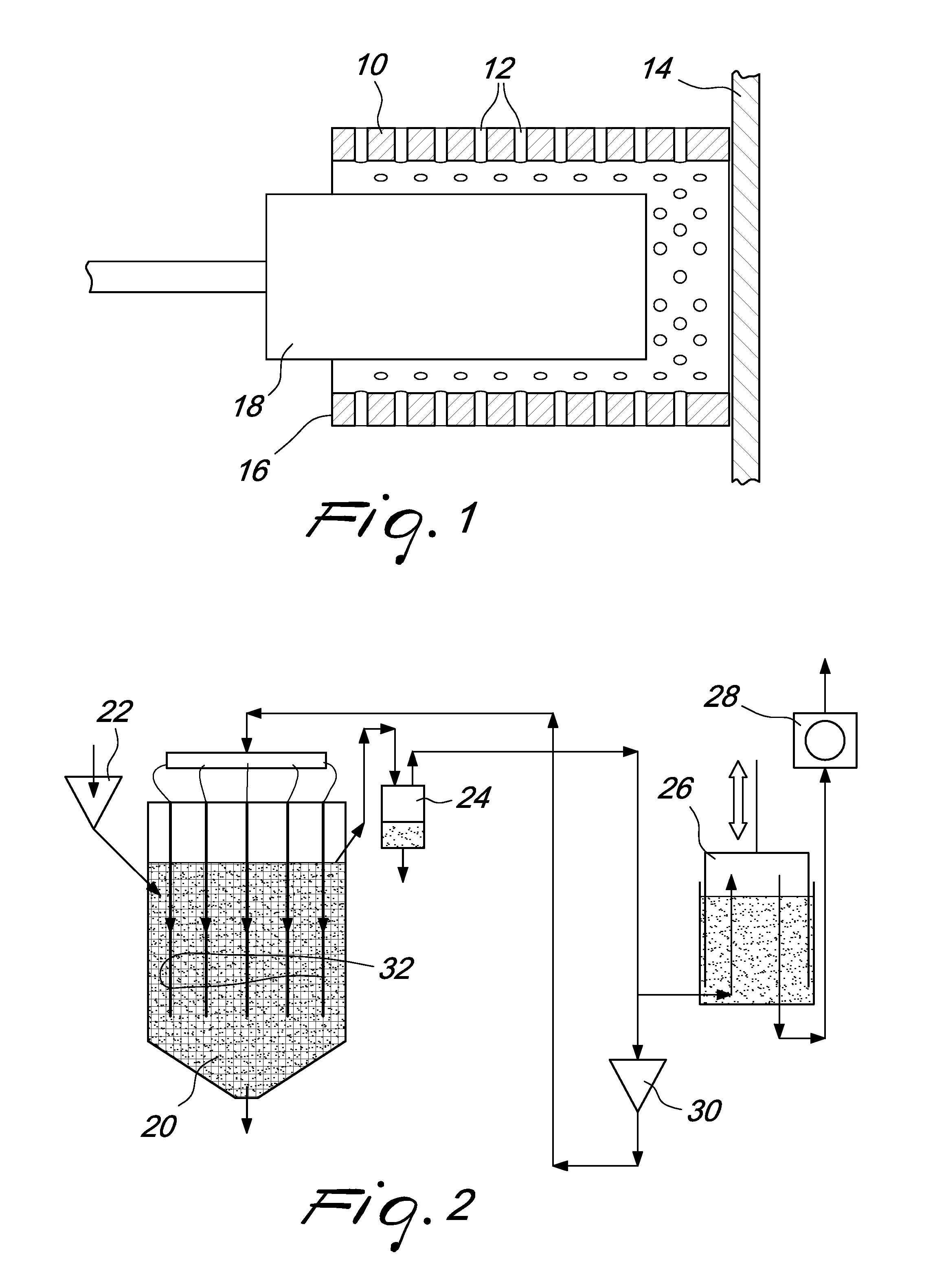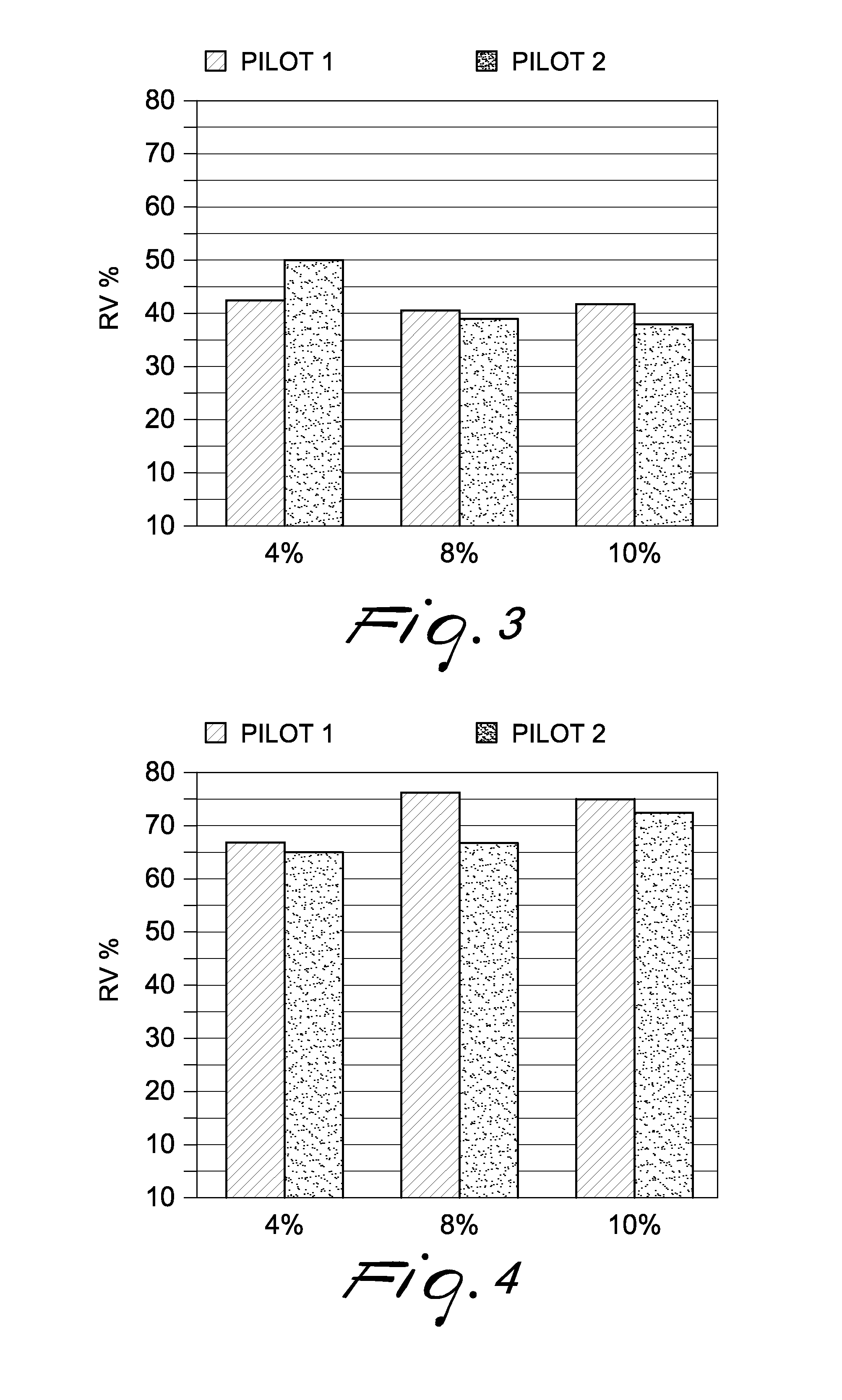Process for the production of fuel gas from municipal solid waste
a technology for municipal solid waste and fuel gas, which is applied in the direction of gaseous fuels, biological water/sewage treatment, biological sludge treatment, etc., can solve the problems of increasing process cost, affecting the production efficiency of solid waste, so as to increase the efficiency and yield. , the effect of reducing the production of solid was
- Summary
- Abstract
- Description
- Claims
- Application Information
AI Technical Summary
Benefits of technology
Problems solved by technology
Method used
Image
Examples
Embodiment Construction
[0018]In developing the invention, the inventors started from the consideration that, in the course of the molecular conversion of the organic waste, the material to be attacked by bacteria, even if minced or crushed, still largely comprise macroscopic fragments, consisting of compact clusters of organic cells, in which the walls of most cells are largely unbroken. Consequently, attacking bacteria first have to break down the cell membranes, which oppose a stronger resistance than the rest of the material, and are especially tough in the case of vegetal cells: this circumstance slows down the process considerably. A further slowdown is caused by the above mentioned tendency of the particles of organic material to separate from the dilution water. Because of this, the material will progressively settle or float, forming increasingly compact layers: these layers, as they dry up, become more and more invulnerable to attack by bacteria.
[0019]In contrast to the prior practice of mincing ...
PUM
| Property | Measurement | Unit |
|---|---|---|
| pressure | aaaaa | aaaaa |
| diameter | aaaaa | aaaaa |
| diameter | aaaaa | aaaaa |
Abstract
Description
Claims
Application Information
 Login to View More
Login to View More - R&D
- Intellectual Property
- Life Sciences
- Materials
- Tech Scout
- Unparalleled Data Quality
- Higher Quality Content
- 60% Fewer Hallucinations
Browse by: Latest US Patents, China's latest patents, Technical Efficacy Thesaurus, Application Domain, Technology Topic, Popular Technical Reports.
© 2025 PatSnap. All rights reserved.Legal|Privacy policy|Modern Slavery Act Transparency Statement|Sitemap|About US| Contact US: help@patsnap.com


